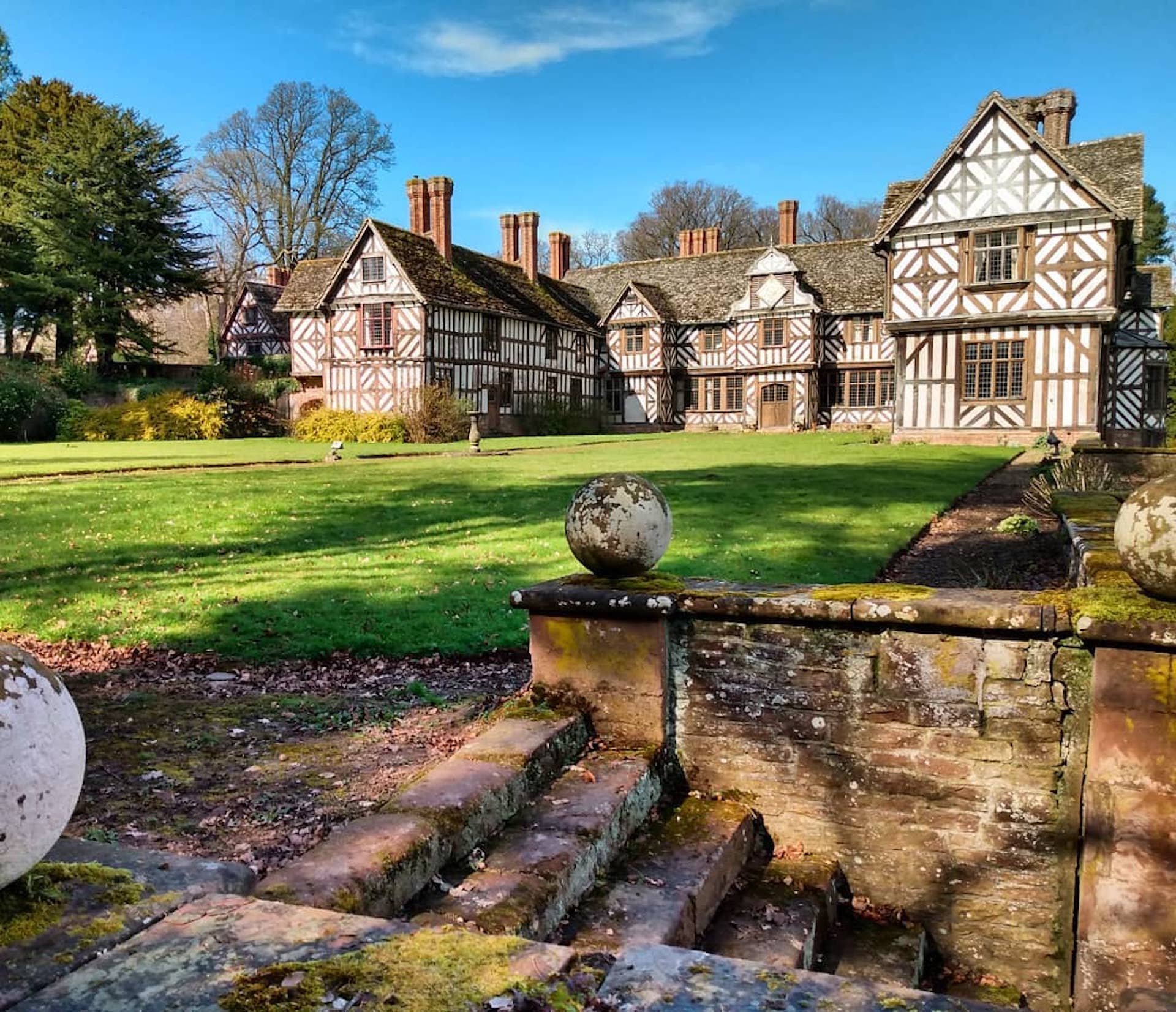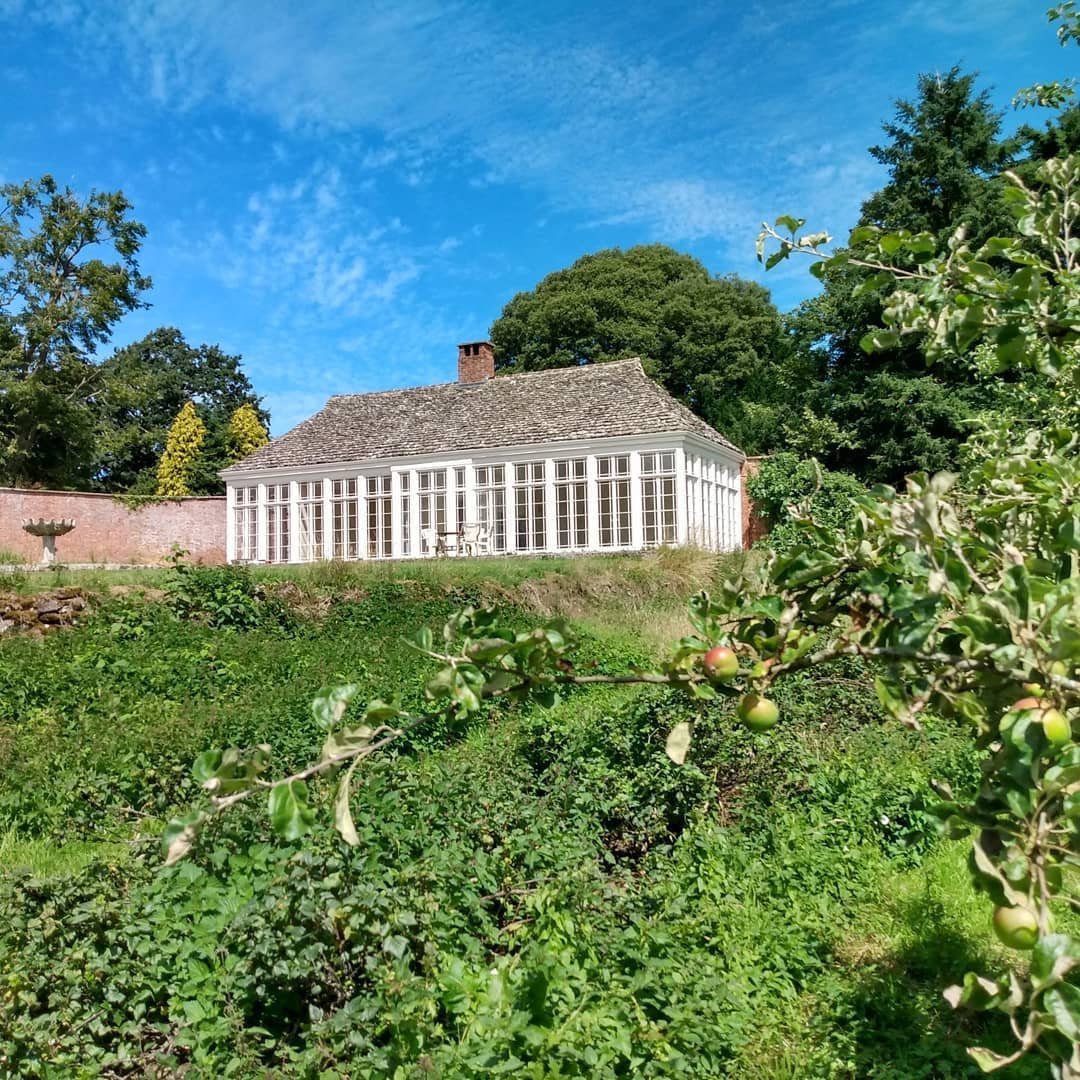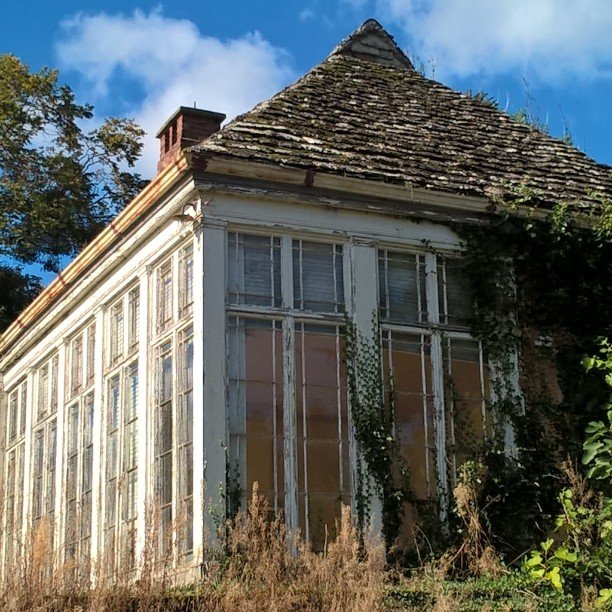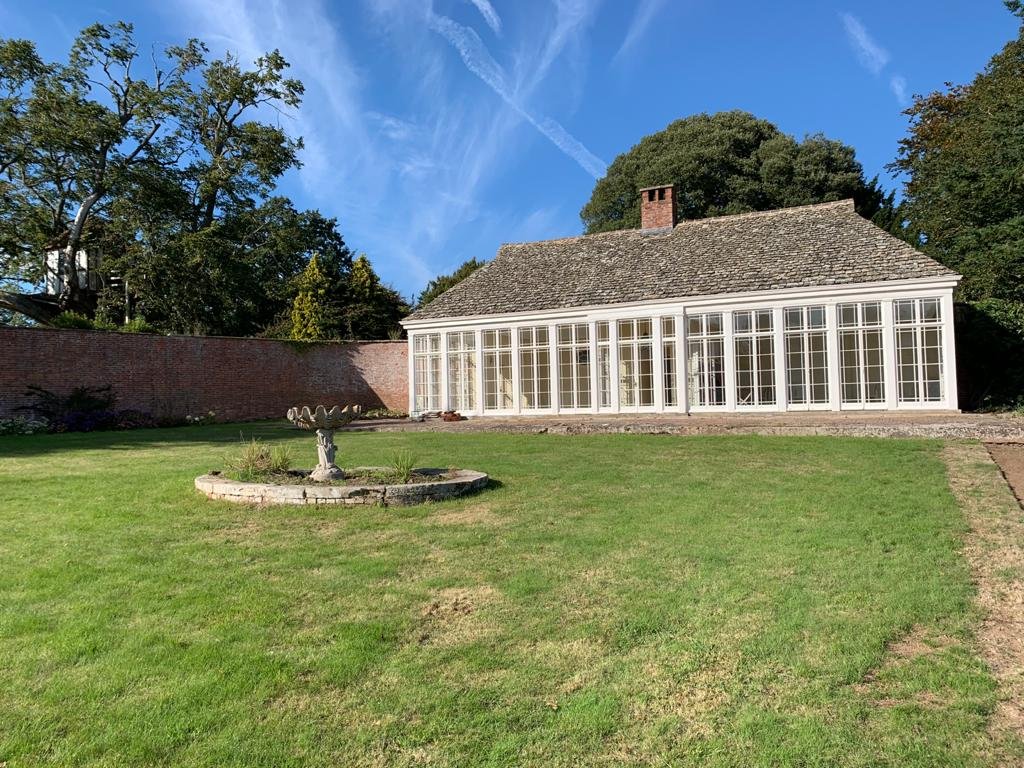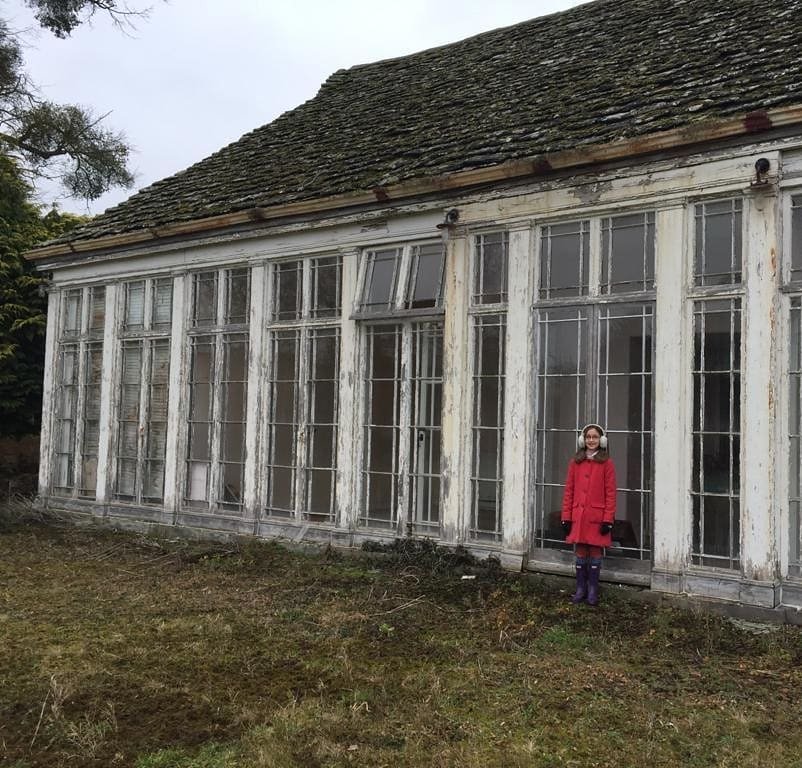From loss to re-birth
Five years after buying back their Tudor family seat of Pitchford Hall in Shropshire, Rowena and James Nason are starting to see it emerge from ruinous dereliction. A grant from the Historic Houses Foundation is helping them to find a new source of income from the restoration of a charming Georgian orangery to help fund the ongoing restoration of the main house.
Tudor magnificence
Pitchford Hall is a Grade I Elizabethan timbered house near Shrewsbury in Shropshire, judged by Country Life to be one of the most beautiful historic houses in the country. Built by Rowena Nason’s forebear, Adam Ottley, around 1549, the house has a timbered tree house which is probably the oldest in the world, a natural bitumen spring that was used by the Romans, a priest’s hole, 17th century rooms and stunning timbered exteriors. The family have, over the centuries, included crusaders, merchants, bishops, cavaliers, earls, MPs, soldiers, and eccentrics.
The Risk of Sale
The forced sale of the house in the 1992 was caused by the collapse of a Lloyds underwriters’ syndicate which forced Rowena’s parents Oliver and Caroline Colthurst to sell their treasured house and its contents. When the hammer fell on the sale, it ended almost 500 years of family ownership but it was not the only time that the family’s hold on the house was threatened. The family only narrowly avoided losing the house in 1649 when Sir Francis Ottley backed the wrong side in the English Civil War and the victorious Parliamentarians threatened to confiscate his land and property.
Two hundred years later, the heir to Pitchford, Adam Ottley, died suddenly only three months after his father, bringing the line of inheritance to an abrupt end. Luckily, a cousin, the politician Charles Jenkinson, later Earl of Liverpool, moved in with his three daughters and invited Queen Victoria to stay. Far more recently, in 1950, General Charles Grant’s dislike of his son led him to try and give the house away to prevent him from inheriting.
Home once more
The Nasons have been able to move into the house with their three children and re-establish family ownership. The development of holiday accommodation and restoration-in-progress tours have helped generate income but the ruined orangery offers the opportunity for a new income stream from weddings and events.
Elegant Wedding Venue
The Orangery in the Walled Garden was built by local architect Edward Haycock around 1830 and had been converted into a flat for Rowena Nason’s step-great-grandmother, before being abandoned to the elements for 25 years. The opening of the new Orangery wedding and events venue in the Walled Garden at Pitchford Hall is an important step forward in the resurgence of the fortunes of Pitchford Hall as the Nasons move forward with the ongoing challenge of restoring the house and opening it to the public.


